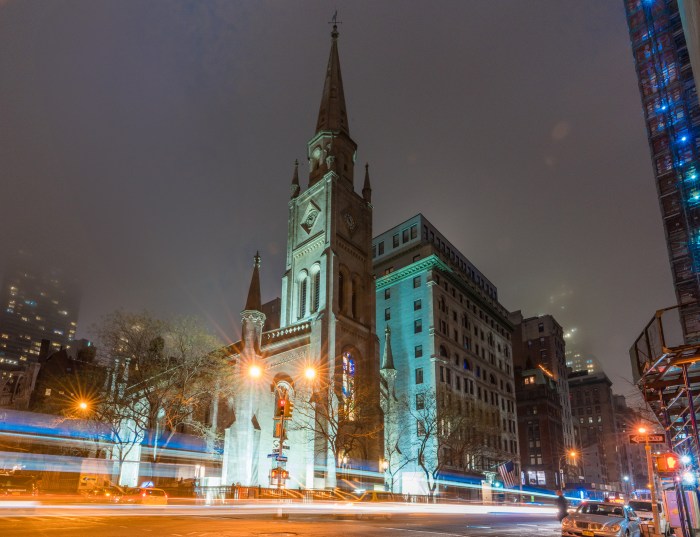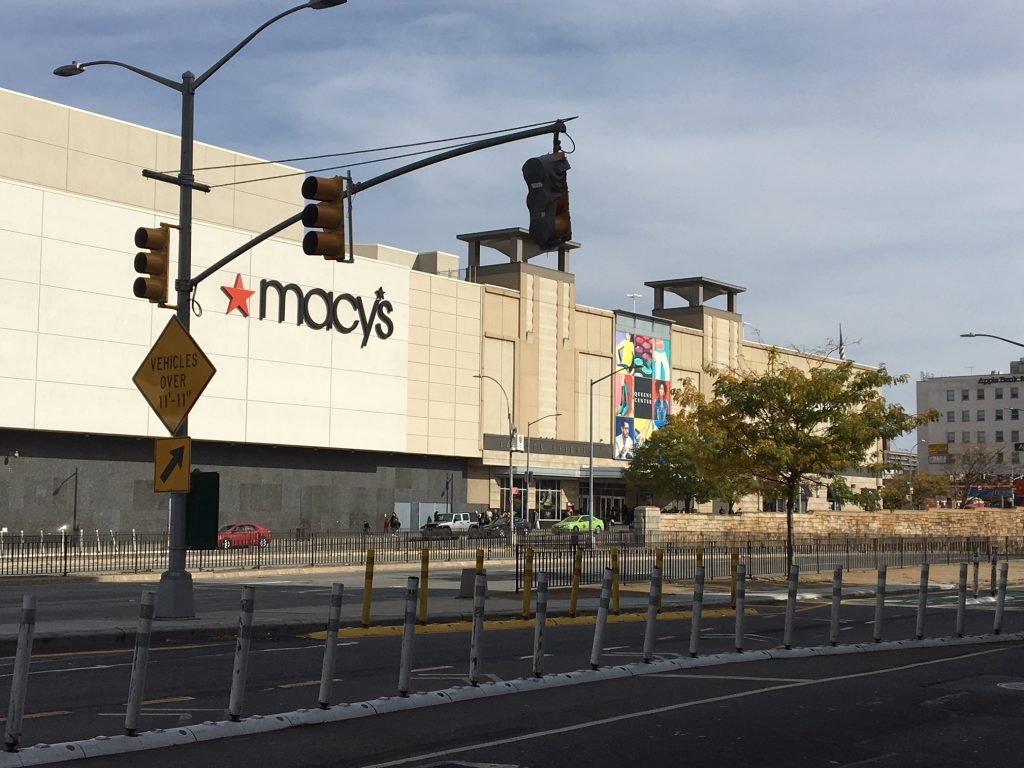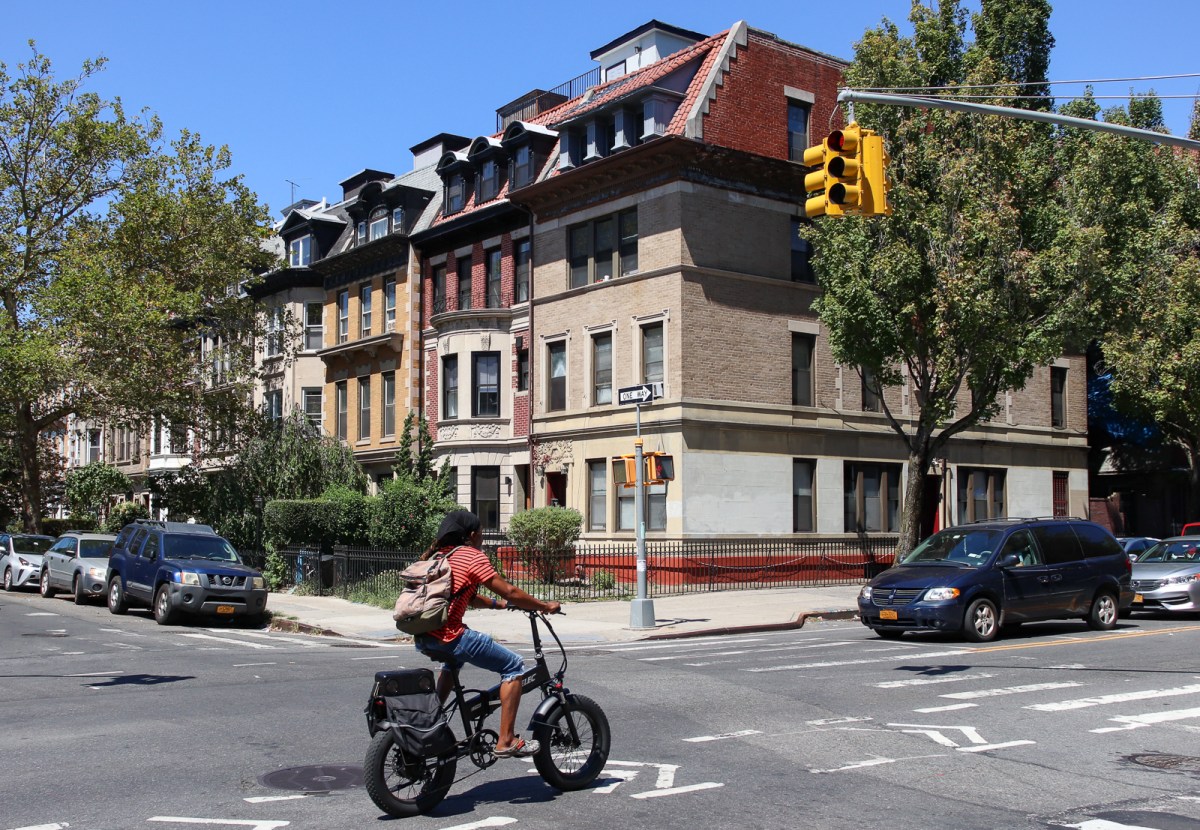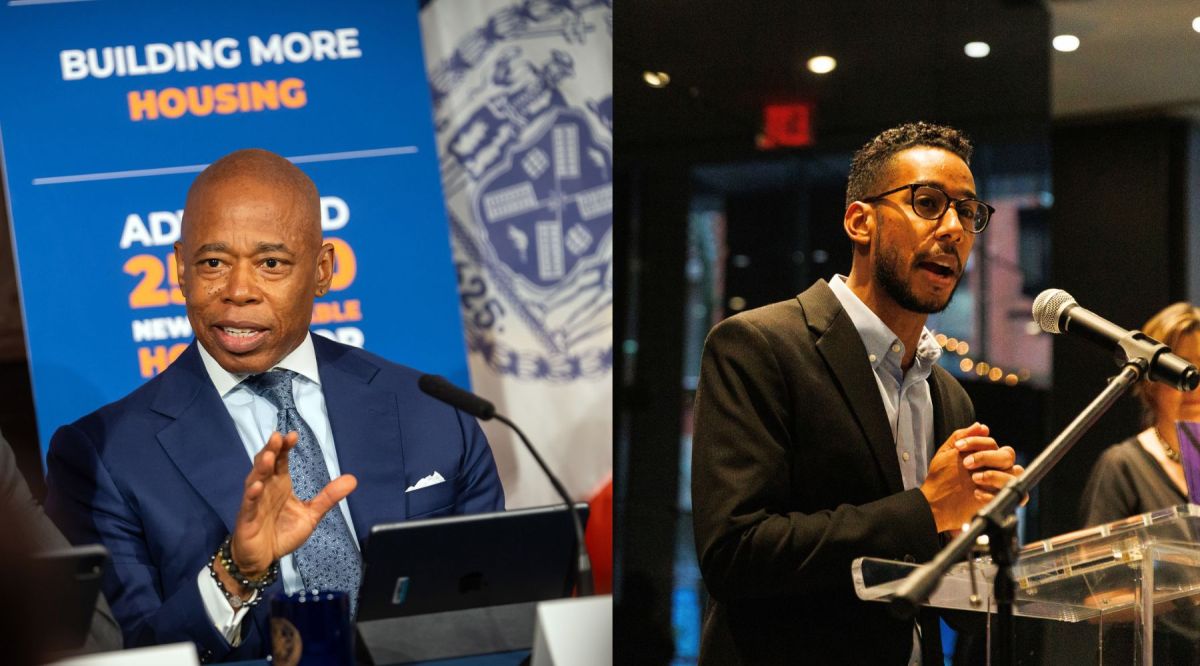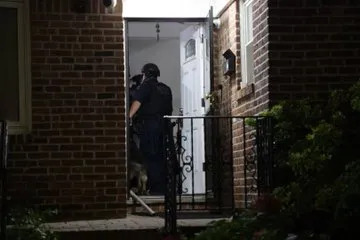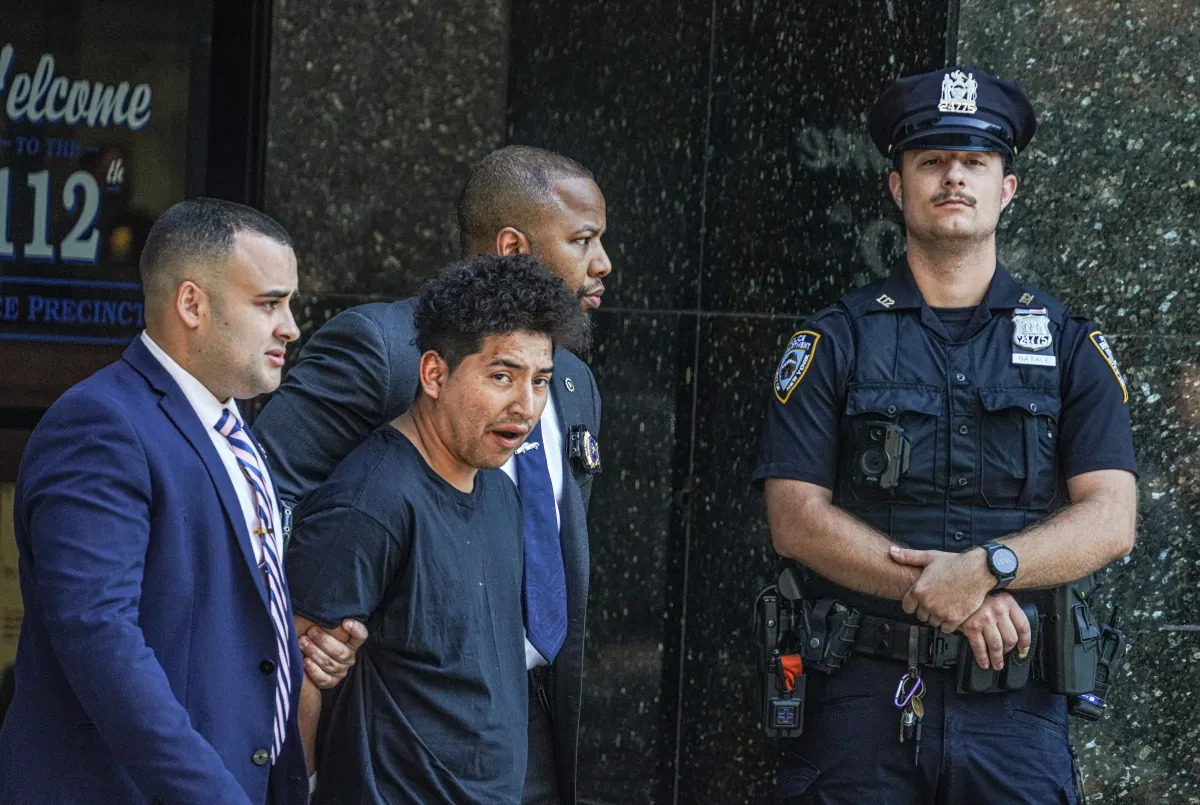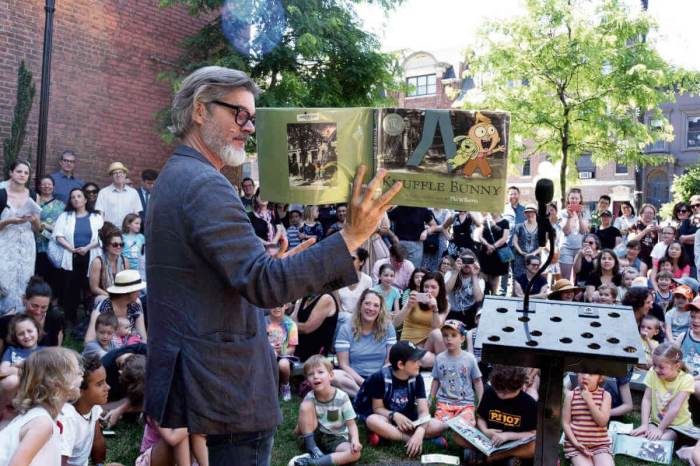By Albert Amateau and Lincoln Anderson
Community Board 2 last week voted to approve New York University’s plan to demolish and replace the four MacDougal St. buildings where the Provincetown Playhouse is located but preserve the famed little theater itself and build around it.
The June 19 vote of 37 for the N.Y.U. plan, two abstentions and one opposed, did not reflect the emotional public response over the past two months by advocates who called for preserving the buildings where Eugene O’Neill’s plays took stage in the first two decades of the 20th century.
Because the site is not a designated landmark or in a historic district and the as-of-right project would not exceed existing zoning, there was no legal requirement for community board review. But in an agreement early this year between the university and Manhattan Borough President Scott Stringer’s Task Force on N.Y.U. Development, N.Y.U. committed to consult the community on its projects in the Village.
Shaan Khan, a Stringer aide, told the June 19 meeting that the borough president supported the project, which he said was better than other N.Y.U. as-of-right development of recent years, such as the Kimmel Center on Washington Square South and the new E. 12th St. dormitory.
The four-story buildings, called the cradle of the Greenwich Village renaissance and the home of American avant-garde theater, have been changed almost beyond recognition over the years and were altered with the addition of a single, unifying facade in 1940.
David Reck, Community Board 2 Zoning Committee chairperson, said in support of the project at the June 19 meeting that the original buildings were “bastardized” by successive reconstructions and originally most had stoops that were removed long ago. Reck also noted that the proposed building was 15 feet lower and had 20,000 square feet less floor area than allowed in existing zoning.
N.Y.U. School of Law, which controls the 133-139 MacDougal St. property, originally proposed to demolish the buildings and replace them with an eight-story building and a new theater. But the university said it was unacceptable and substituted the plan calling for a five-story building only 4 feet taller than the current building, plus a setback, one-story penthouse.
While preservation advocates and many Eugene O’Neill scholars and theater folk over the past few months called for preserving the entire structure and converting it to new academic use, the university modified its plan by preserving the theater’s four walls, its stage and entranceway and erecting the new project around it.
David Gruber, C.B.2 Institutions Committee chairperson, noted that the project would require four new columns around the perimeter of the old theater for it to be saved and the new building constructed around it.
“We think it’s a fair compromise,” he said.
Andrew Berman, director of the Greenwich Village Society for Historic Preservation and a leading opponent of the project, noted that the existing buildings were declared eligible for inclusion on the State and National Registers of Historic Places. He also noted that N.Y.U. was on record as supporting the proposed South Village Historic District, which would include 133-139 MacDougal St.
“And yet they are proposing to demolish one of the most historically significant sites within the proposed district before the Landmarks Preservation Commission has a chance to act,” Berman said of the university.
Arthur Schwartz, a C.B. 2 member, spoke against the project and referred to a recent C.B. 2 resolution on the St. Vincent’s Hospital/Rudin redevelopment calling for “serious consideration” for preserving the hospital’s O’Toole Building, built about 40 years ago.
“I find it hard to accept that here you have a real 19th-century building and we’re saying you can tear it down,” Schwartz said.
Before approving the project, the community board voted down a substitute resolution proposed by Lois Rakoff to preserve all four existing buildings.








